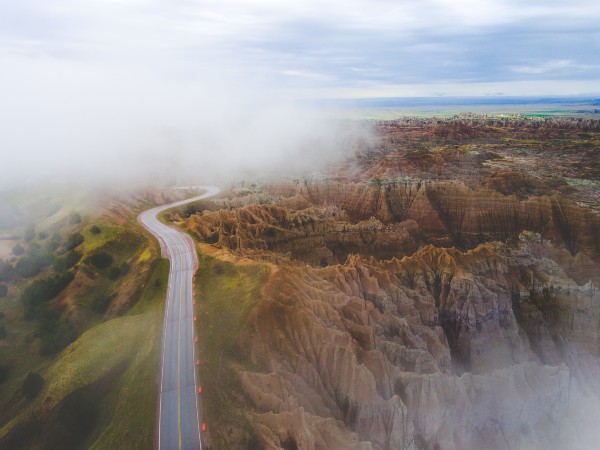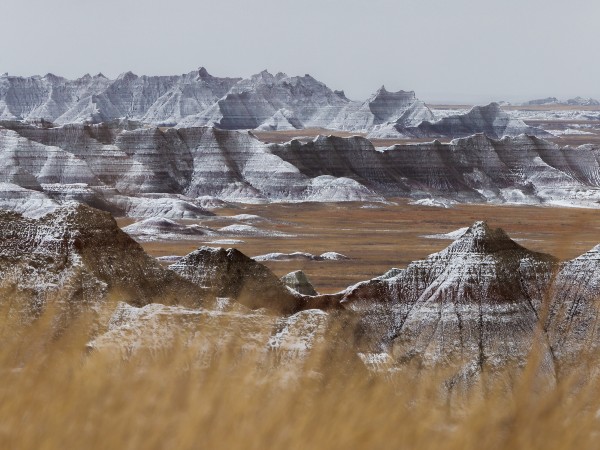In the rocky, desert landscape of Southern Spain, thorny pear survives where Oaks and Cedars once flourished.
Only half an hour's drive from the nightclubs and beaches of the Mediterranean town of Almeria lies a desolate landscape of barren, wild hills fissured by giant clefts and ravines. These are the Spanish Badlands - so-called by visitors because they resemble the badlands of the North American west.
Few travellers linger here, but behind the small towns of Taberans and Nijar, rough tracks lead into the badlands - the ravaged uplands and rid canyons of Almeria province. One of Spain's most mountainous provinces, it is bordered on the west by the mighty Sierra Nevada and encompasses the smaller ranges of Sierra de Los Filabres and Sierra Alhamila. It is also the driest part of Spain, with the deserts of Campo de Tabernas and Campo de Nijar lying on either side of the 4215ft (1285m) spine of the Alhamillas.

The rainfall here is irregular because the Sierra Nevada in the west traps clouds coming in from the Atlantic. The Almeria deserts have only 20 or so rainy days a year - the annual rainfall is about 41/2 (110mm). When the rain does come, it is usually a sudden downpour that fills rock gullies in minutes. Flash floods follow, gouging away roads, uprooting telegraph poles and cutting off remoter villages for days or weeks.
The Spanish Badlands are one of the Mediterranean's most extreme examples of soil erosion. The sudden winter rains tear away the topsoil, rock falls and landslips, and gouge out crevasses in the loose clay and fine-grained granites. Man has also played a part by cutting trees and allowing livestock to overgaze the tender hills. The end result is gorge erosion - networks of steep-sided channels known as Ramblas in Spanish.
Still, further damage is done by rainwater collecting under the ground and forming pipes that collapse after a time, beginning the process of erosion all over again new gullies start to form. Eventually, the land becomes completely useless for agriculture.

Yet just 3000 years ago this desert was pleasantly wooded. All along the Mediterranean, from Portugal to Turkey, there were evergreen oaks with cypress and cedar growing on sandy soils, and conifers reaching up the hillsides. Herds of deer roamed the wild, and even the extinct Mediterranean lion was found there. Though Human activities had very little impact on the land; settlements grew, large areas of the woodland were cleared for crop-growing, firewood and building materials, and herds of goats consumed the saplings and prevented tree regeneration.
With summer temperatures as high as 43 C (110 F), conditions for badland plants and animals are extremely harsh. Even so, yellow broom and pink oleander grow in the Campo de Tabernas, where valley beds are left damp after the occasional winter rains, and drought-loving prickly pear and palmetto grow in the Campo de Nijar.
One of the province's most popular tourist sites is 'Mini-Hollywood - just off the main road outside Taberans. Since it was built for Clint Eastwood's Film 'A fistful of dollars' in 1964, more than 100 'spaghetti' Westerns have been shot in its faded saloons and dusty streets. TV commercials or gunfights staged for tourists are still sometimes played out against the dramatic backdrop of the badland gullies and cliffs.



 Click it and Unblock the Notifications
Click it and Unblock the Notifications





















